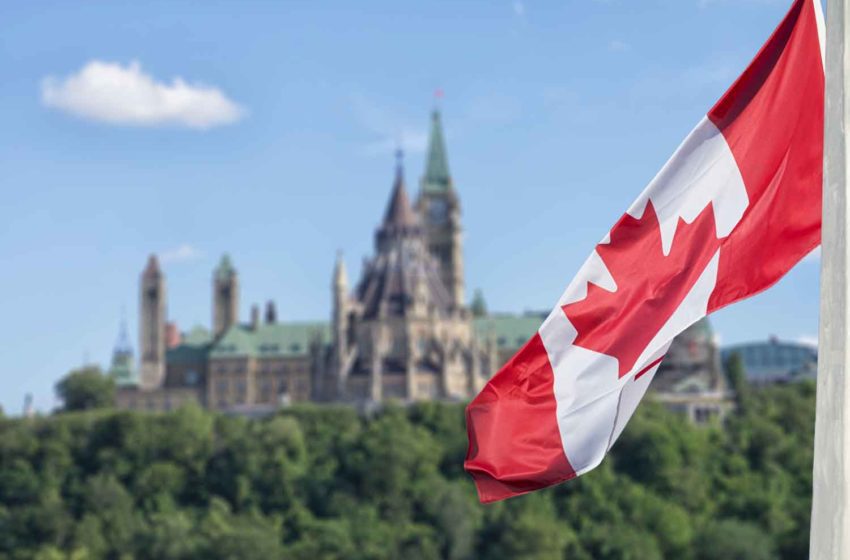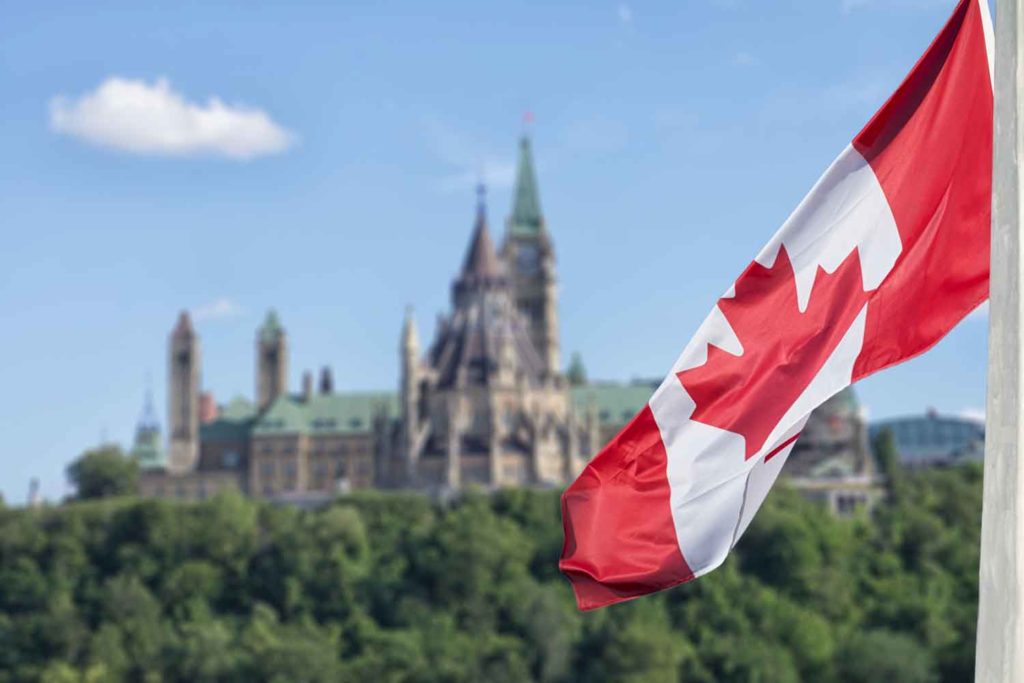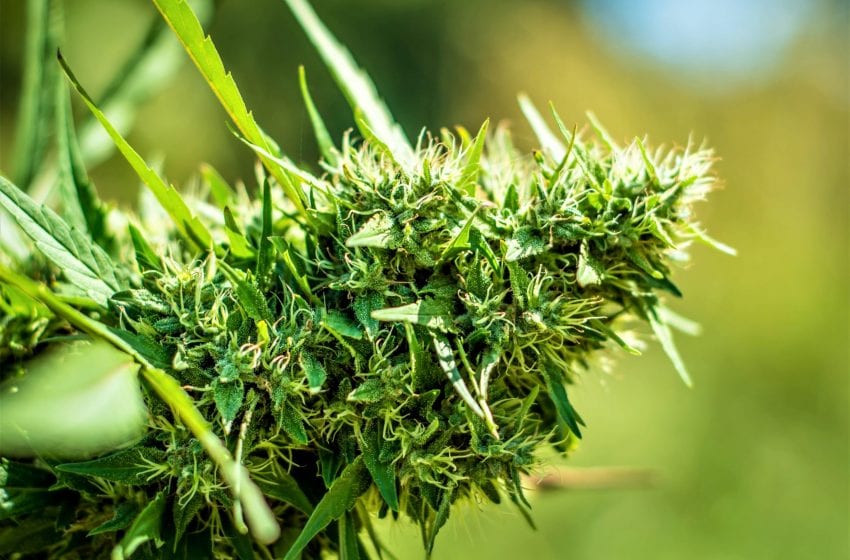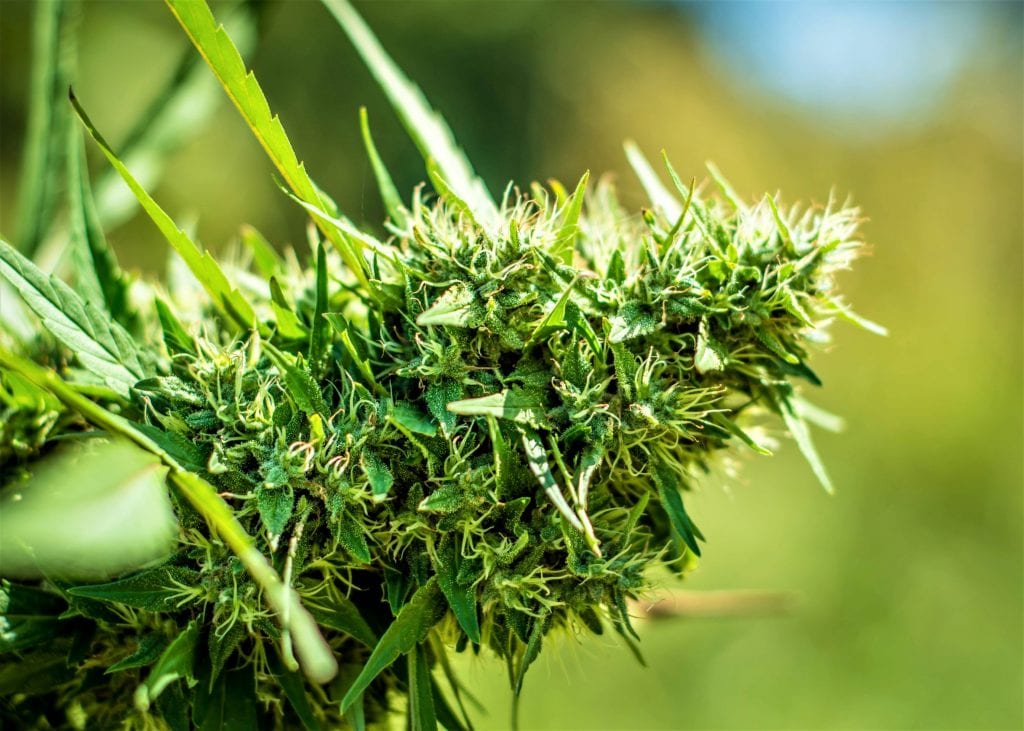
The New Zealand Parliament today adopted the Smokefree Environments and Regulated Products (Smoked Tobacco) Amendment Bill, which is expected to phase out combustible tobacco product use in the country.
“Today, history was made for public health and for the generations of families who have lost loved ones to the preventable diseases caused by ordinary tobacco use,” said Action on Smoking and Health (ASH) Executive Director Laurent Huber. “New Zealand has single-handedly changed the course of what is possible in tobacco regulations and we stand ready to help other jurisdictions follow their groundbreaking lead.”
The concept, called “Smoke-Free Generation” (SFG), can also be characterized as a sales ban with a grandfather clause for existing adults who smoke, according to a press release.
New Zealand will be only the third government to pass such a law, following Balanga City in the Philippines – which has been unable to implement the law due to litigation – and Brookline, Massachusetts, which implemented a similar law (tobacco-free generation) in January 2021 and successfully defended an industry lawsuit in October 2022.
Unlike New Zealand, Balanga City and Brookline banned sales to anyone born this century, and included all tobacco products (including e-cigarettes and snus), rather than a focus on combustibles.
“It’s important to stress that the Smoke-Free Generation law applies only to sales of combustible tobacco,” stressed Huber from ASH, which has endorsed SFG for years. “The law does not outlaw individual purchase, possession or use – or the act of smoking. The problem here is the tobacco industry, not their victims.”
The second leg of the law is a drastic reduction in the number of retailers – researchers estimate that the final reduction may be as much as 95 percent. Finally, the new law includes reducing nicotine content in cigarettes to below-addictive levels, according to the release.
Hong Kong Health Minister Lo Chung-mau confirmed that banning tobacco sales for future generations will be on the table as a tool to further reduce youth smoking, according to the South China Morning Post. The Malaysian government is also pushing forward a bill that seeks to ban vaping and smoking for those born from 2007, after making amendments following resistance from some lawmakers.




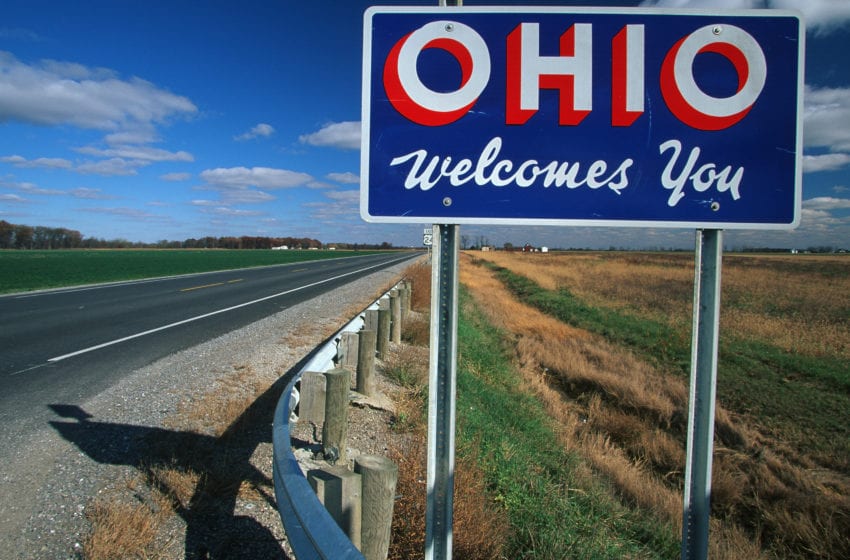

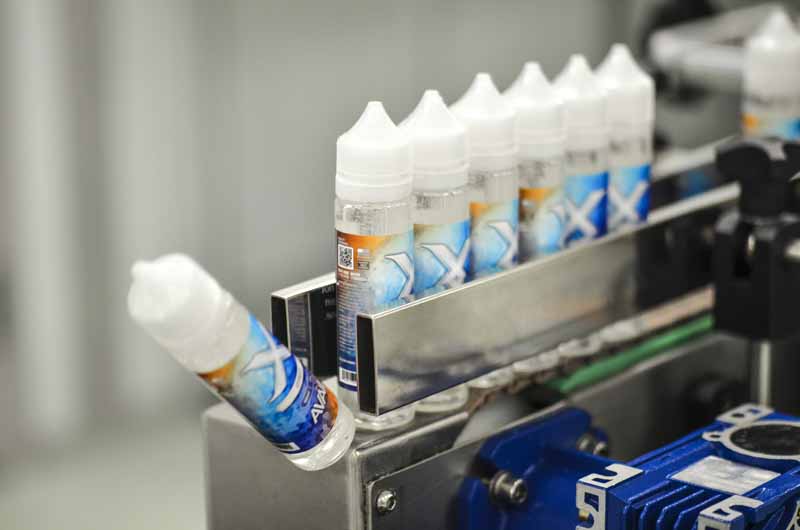


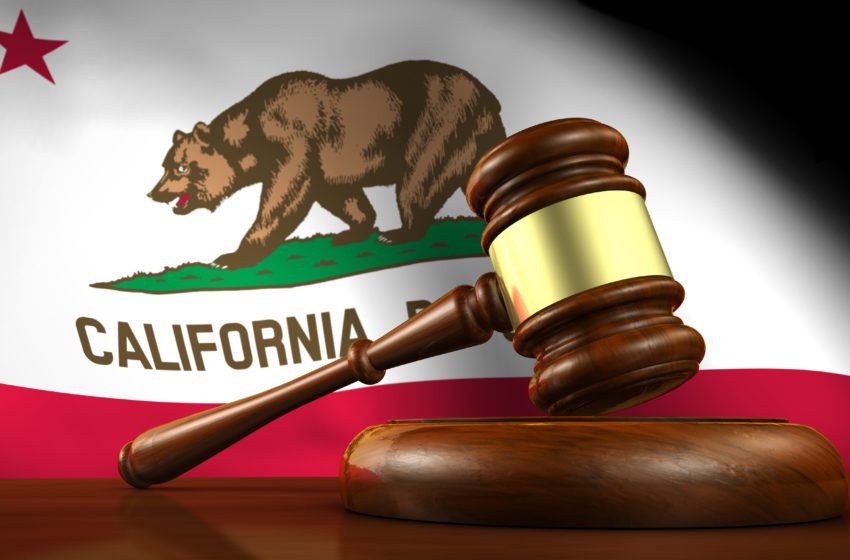



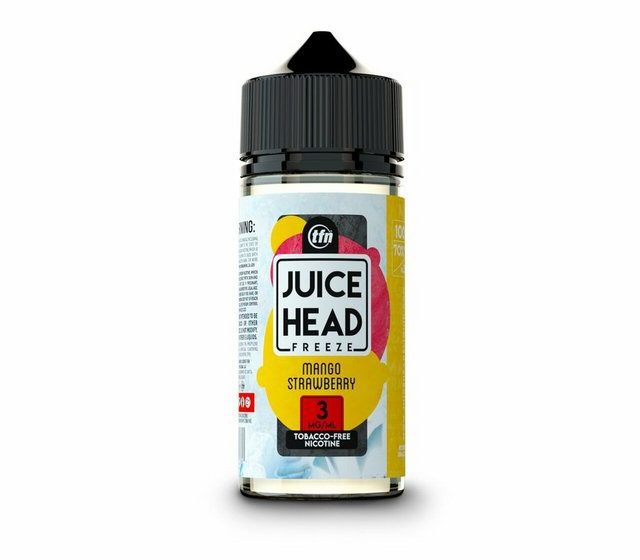
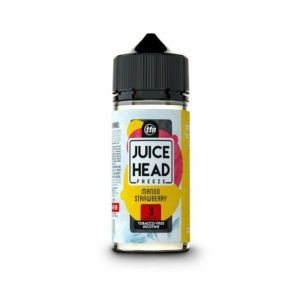 Streamline, parent to Juice Herad and several other e-liquid brands, announced that the U.S. Food and Drug Administration
Streamline, parent to Juice Herad and several other e-liquid brands, announced that the U.S. Food and Drug Administration 